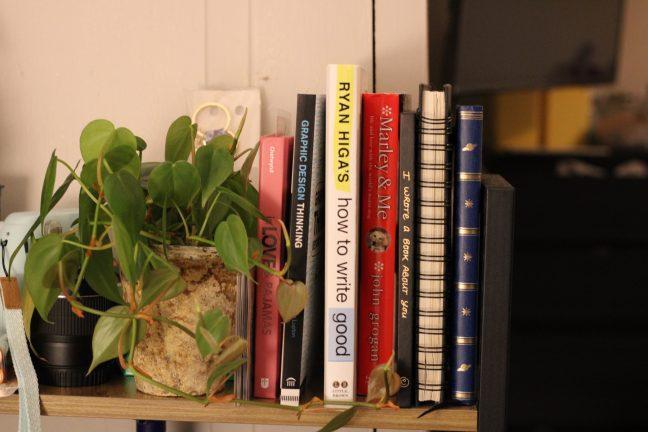University of Wisconsin Libraries published tips to UW instructors in an effort to help make course materials more available for all students.
Expensive course materials may serve as an educational barrier to lower-income students, and materials that must be purchased on campus could be a barrier to non-residential or non-traditional students, the article said.
In the article, UW Libraries suggested placing the materials on reserve to determine if students can access materials in alternate ways, like a library purchase, a public domain or creative commons work. Alternately, UW Libraries might be able to print the items for limited usage.
The article also advised instructors to use Open Educational Resources, a collection of publicly accessible and distributable education resources.
“There’s a lot of misconceptions about open educational resources as well, such as the idea that because it’s free it’s not high quality like traditionally published textbooks. This isn’t true! Many instructors across the world are using OER in their courses and students are performing the same or better academically in those courses,” Open Educational Resources Librarian Kristin Lansdown said.
The estimated cost for undergraduate students in purchasing required course materials and other supplies this school year was $1,150, according to the Office of Financial Aid website. In the academic year of 2019-2020, the cost for books and supplies for undergraduates was approximately $1,200, according to the Office of Financial Aid website.
A new model could be employed by the school, similarly to other universities, in which the school rents most of the required coursework, UW Department of Life Sciences Communication Teaching Faculty Sarah Botham said. The school could also include course materials in scholarships or create new scholarships specifically for course materials, Botham suggested.
“I think that there are ways to do it that could be beneficial to students without too terribly inhibiting the capitalistic return that the seller receives,” Botham said.
Twenty-eight percent of students didn’t purchase one or more of the required materials in 2020, according to a report published by the National Association of College Stores. Fifty-seven percent of these students said they didn’t make the purchase because of the price, according to the report.
While Botham thinks textbooks are too expensive, she also understands professors’ desire to have updated materials for the courses they teach.
“Students sometimes feel taken advantage of and are strapped for cash anyway … But at the same time, I appreciate that there’s a business model behind it,” Botham said. “Maybe it needs some adaptation, [but] it’s one that’s been in effect for a long time and seems to serve many, many purposes. So I’m a little torn.”
An average college student spent 7% less on course materials compared to Fall 2019, according to a Student Monitor report. There was also a 23% increase in eTextbook purchases, the report said.
Botham suggested that professors and students look for cheaper ways to purchase the required materials, like finding places where course-related books are resold or accessing books online.
“Having an appreciation and understanding of what you’re walking into by asking a lot of questions certainly can’t hurt,” Botham said.
This story was updated on December 12 at 10:04 p.m. to reflect new statements from Kristin Lansdown.


